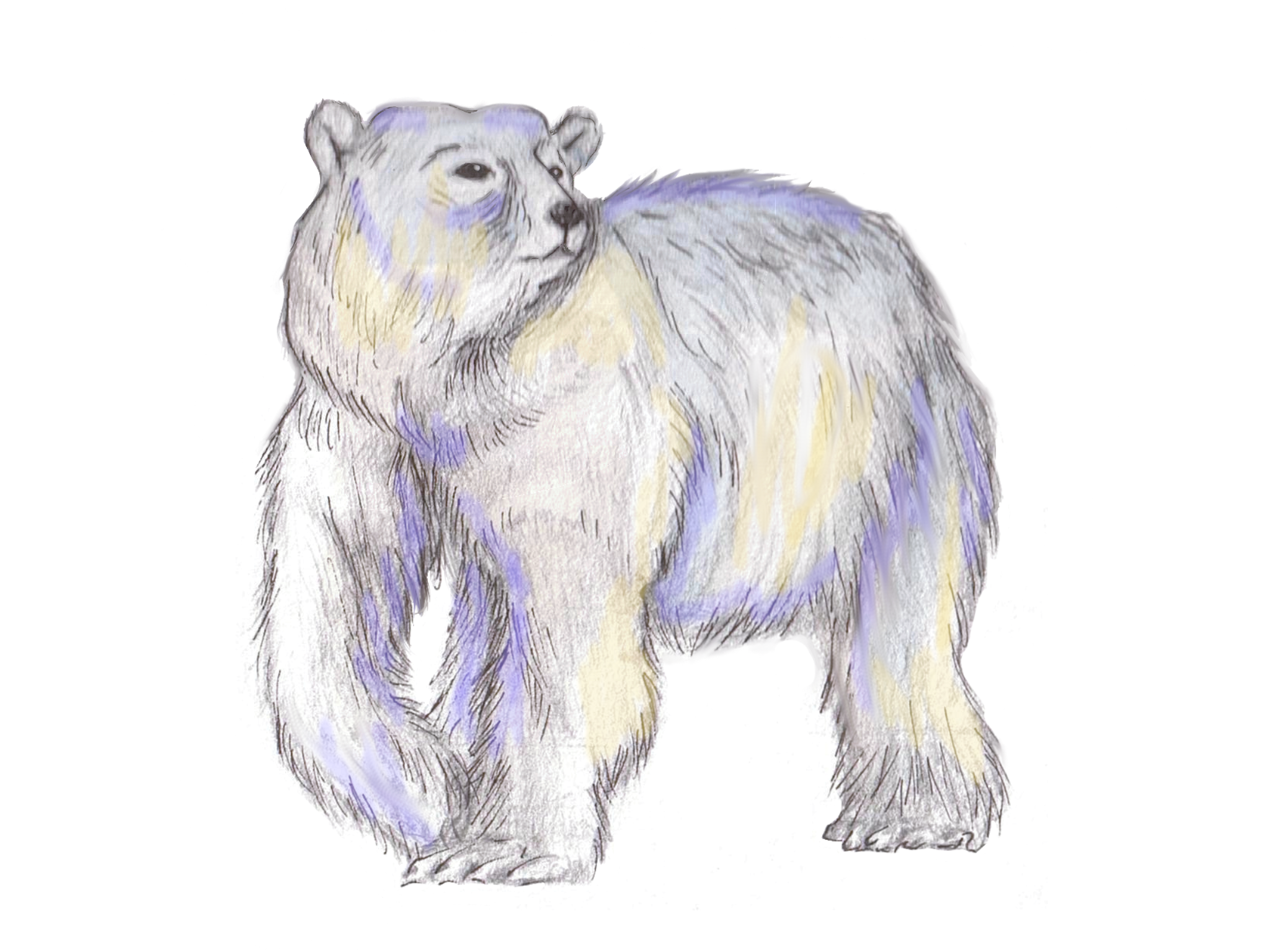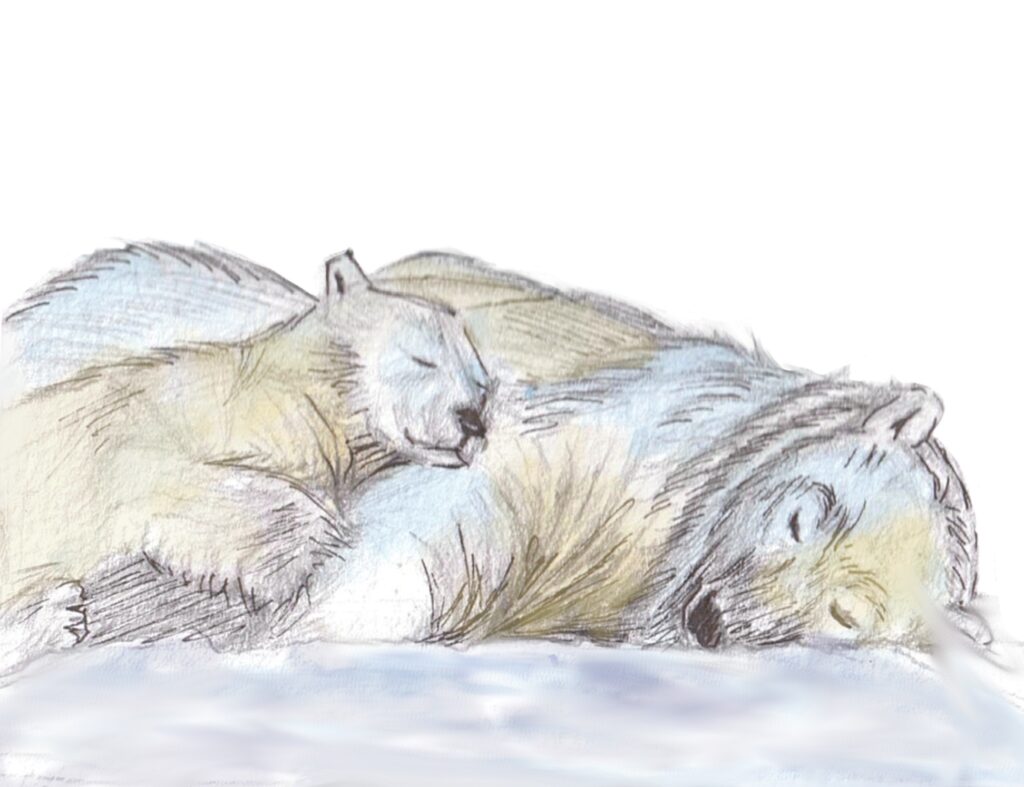Polar Bears May Be Extinct by 2100, Researchers at the University of Toronto Announce

Polar bears may be extinct by 2100.
According to a recent study by Peter Molnár for the University of Toronto, increased greenhouse gas emissions may cause sea ice, polar bears’ primary hunting ground, to completely disappear before the century is over.
In a different study, Molnár and his team studied polar bear energy use and body mass to predict the number of days a bear can go without food. They then combined this information with the predicted number of days seas will not have ice to reach their dire depictions of 2100.
Other researchers have reached similar conclusions. According to the National Snow and Ice Data Center, this ice has decreased by near 13% per decade since 1970. Sea ice is depleted when ocean waters absorb heat from greenhouse gas emissions, causing ocean temperatures to rise (NSIDC). Polar bears stalk holes in the sea ice to catch seals; as sea ice declines, polar bears begin to starve.

Bromaghin states in his study that the polar bear population decreased 25-50% due to starvation during sparse ice periods, further linking decreasing sea ice to death. To endure the summer on land or on ice when seas lack sufficient prey, polar bears use energy reserves that they build up during the winter. This allows them to work off their fat until they are able to hunt for food in the following seasons. As a result, polar bears tend to fast for long periods of time. But if they go too long without food, their bodily functions and reproductive capability decrease.

He also predicted that polar bears will experience their first reproductive failures by 2040, most noticeably in the Davis Strait and the Southern Hudson Bay in the northern reaches of Canada. Molnár concluded that if greenhouse gas emissions continue to escalate, the only remaining population of polar bears will be on Canada’s Queen Elizabeth Islands, the polar bear habitat closest to the Arctic Ocean. Even if emissions were significantly reduced, most of the polar bears would experience reproductive failure by 2080.
Reporter Gloria Dickie for The Guardian in her article “Most Polar Bears to Disappear by 2100, Study Predicts” states it will take between 25 to 30 years for sea ice to re-stabilize if greenhouse gases were to start decreasing tomorrow. Globally, greenhouse gas emissions need to be reduced to minimize the catastrophic impact on polar bears. Lowering emissions could also give scientists more time to come up with other solutions to help this endangered species. Changes are necessary to prevent polar bears from becoming extinct.
Emma is a former staff writer for the Talon. She enjoys writing, surfing, and hanging out with her friends.
Iris is a former graphics-designer for The Talon. She has always enjoyed creating art to enhance writing. She has always held a deep interest in art and she hopes to display that passion through The Talon.







